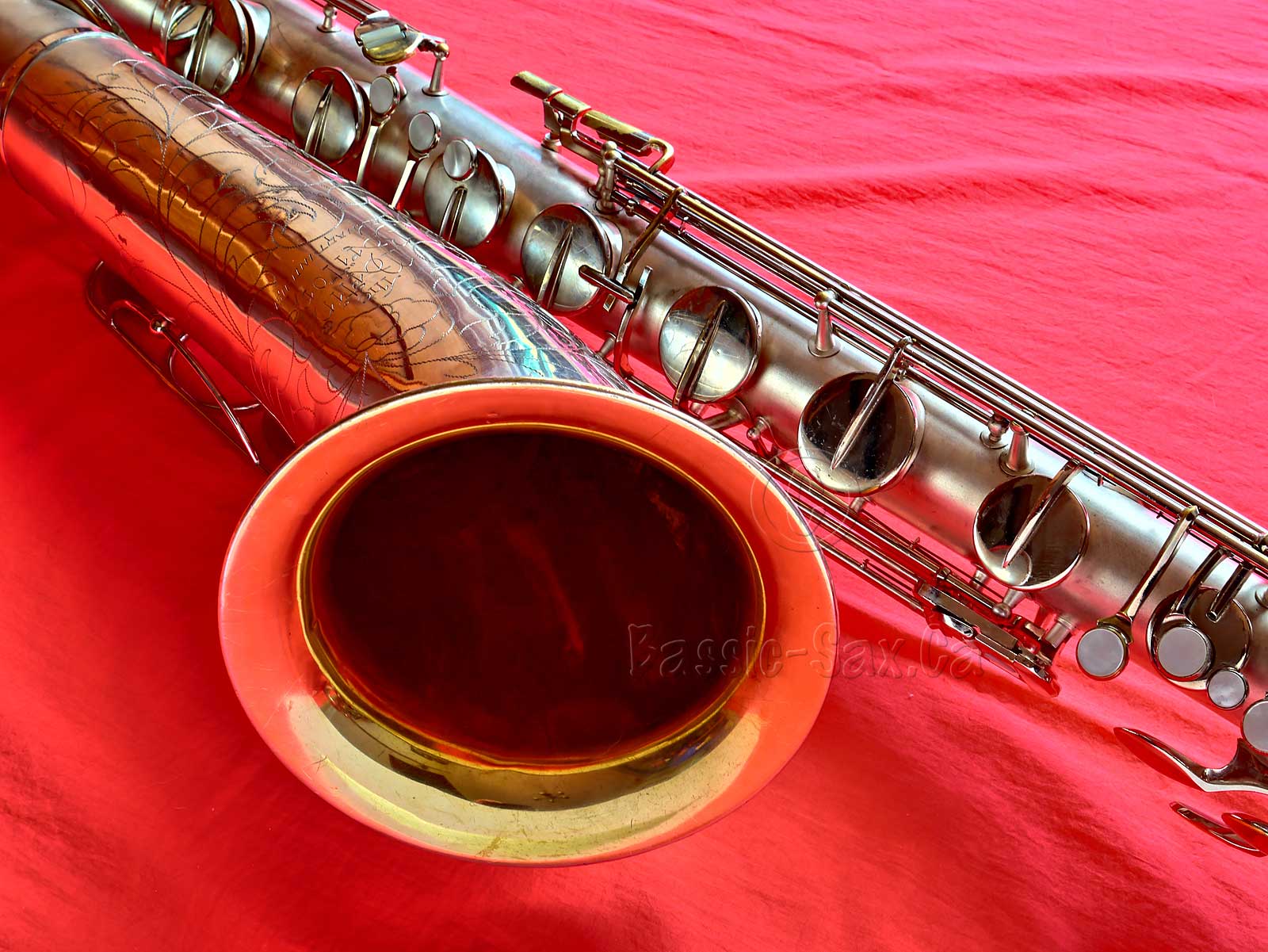Maintenance mode is on
I am just doing a few updates.
The Bassic Sax Blog will be back up and running in a day or so.
Sorry for any inconvenience.

I am just doing a few updates.
The Bassic Sax Blog will be back up and running in a day or so.
Sorry for any inconvenience.
